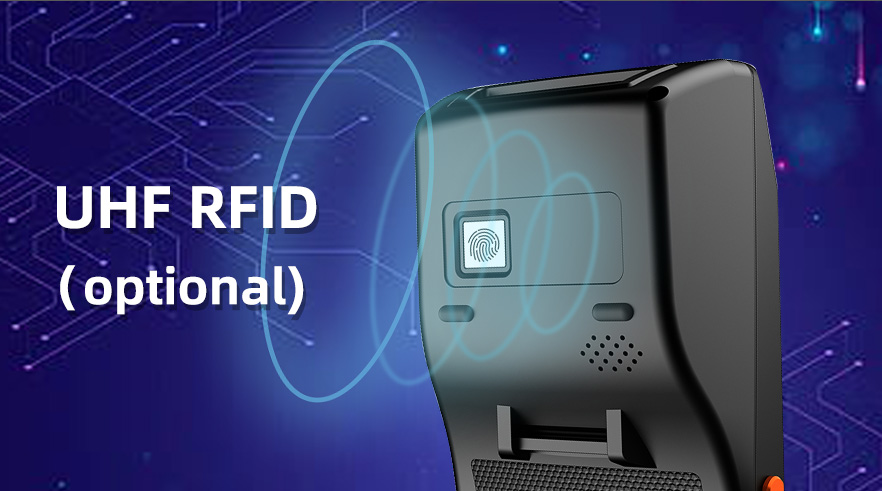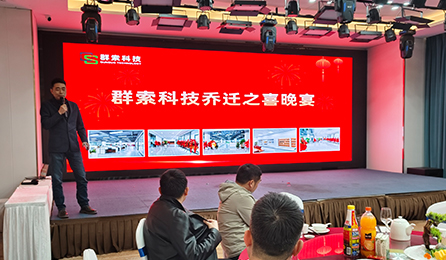UHF data collection technology is a system that utilizes Ultra High Frequency (UHF) Radio Frequency Identification (RFID) technology for data collection. This technology typically uses frequencies in the range of 300 MHz to 3 GHz, with the most commonly used bands being 860 MHz to 960 MHz.

Principle of UHF data collection technology
The core of UHF data acquisition technology is UHF RFID system, which consists of the following main parts:
1.RFID tag:
Also known as a transponder (Transponder), attached to the item. Each tag contains a microchip and an antenna, the microchip stores unique identification information, and the antenna is used to receive and send signals.
2. RFID reader:
Also known as a reader (Reader), used to send and receive RF signals. The reader communicates with the RFID tag through its antenna to read the information in the tag or write data to the tag.
3. Antenna:
Readers and tags are equipped with antennas for transmitting and receiving UHF RF signals. The design of the antenna affects the read range and performance.

Features and advantages of UHF data acquisition technology
1. Longer reading distance:
UHF RFID technology allows for data collection over longer distances, usually ranging from a few meters to tens of meters. This makes it very useful in application scenarios that require long-distance identification and tracking.
2. High-speed reading:
UHF RFID systems can read multiple tags at the same time, greatly improving the efficiency of data collection. This is especially important in scenarios that require fast, high-volume data collection, such as logistics and warehouse management.
3. High recognition accuracy:
Through optimized soft decoding technology, the UHF RFID system can accurately read tag information in different materials and states, including metal objects, dirty tags, low-contrast tags and so on.
4. Non-contact identification:
UHF RFID tags can be read in non-contact situations without direct line-of-sight contact. This makes it still work effectively in harsh environments or situations where direct contact with the item is not possible.
5. Diversified applications:
UHF RFID technology can be used in various industries, such as logistics, retail, manufacturing, healthcare, asset management, etc. It is widely used in inventory management, asset tracking, and production process control.

Application of UHF data collection technology
1. Logistics and warehousing management:
Improve the efficiency of inventory management, achieve rapid scanning and tracking of goods, reduce manual errors and optimize warehouse operations.
2.Manufacturing:
Monitor the production process, realize material management, process dispatching, process guidance, etc., improve production efficiency and product quality.
3.Retail:
Carry out merchandise management, anti-theft monitoring, supply chain tracking, etc. to improve the accuracy of sales and inventory management.
4.Medical and Asset Management:
Track medical equipment and medicines, realize asset management, and ensure the proper use and flow of items.

With its high efficiency, accuracy and non-contact characteristics, UHF data collection technology is revolutionizing the way data is collected and managed in various industries. By applying UHF RFID systems, companies can significantly improve operational efficiency, reduce costs, and achieve digital and intelligent management.
 PDA-608
PDA-608
 PDA-601
PDA-601
 PDA-602
PDA-602
 PDA-601
PDA-601
 PDA-5502
PDA-5502
 PDA-5501/4G
PDA-5501/4G
 PDA-405
PDA-405
 PDA-5501/3G
PDA-5501/3G
 PDA -3505
PDA -3505
 PDA-3505(U)
PDA-3505(U)
 PDA-401
PDA-401
 PDA-408
PDA-408
 PDA-603
PDA-603





































